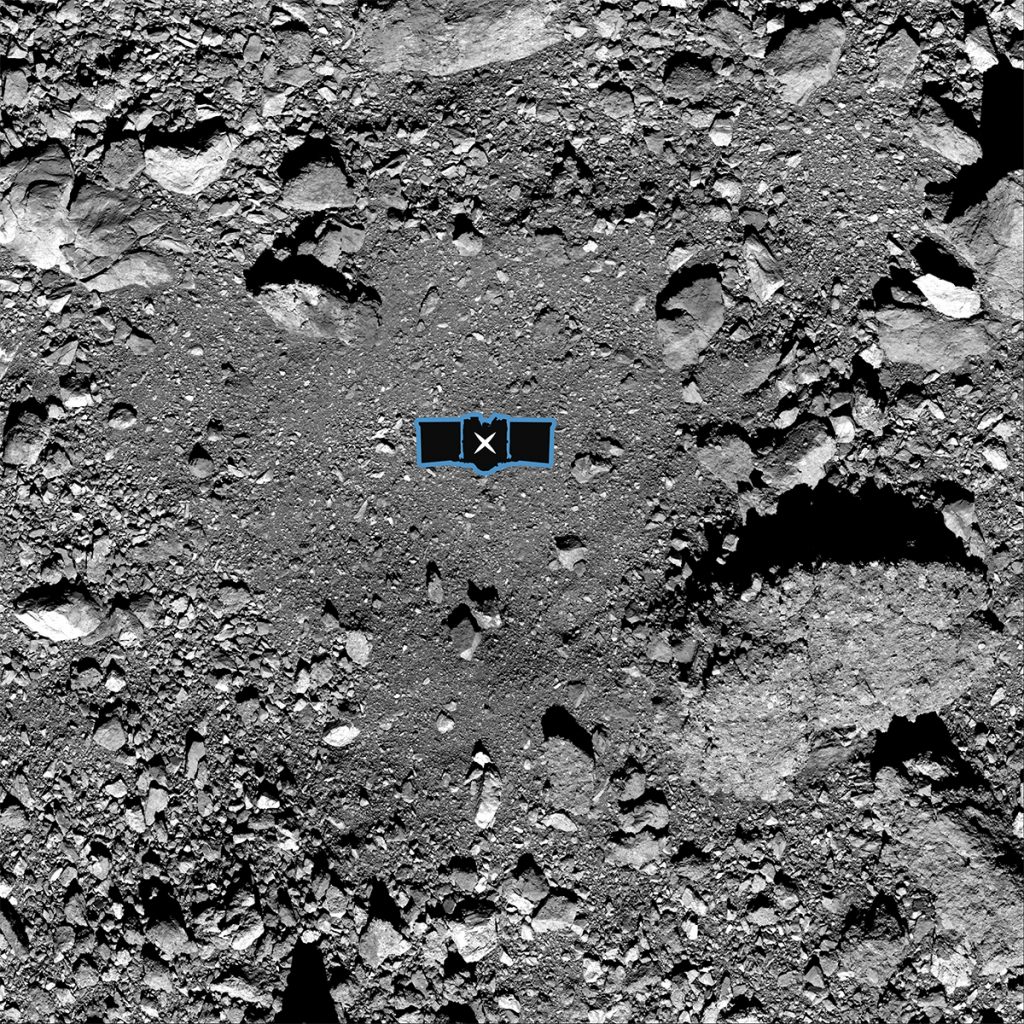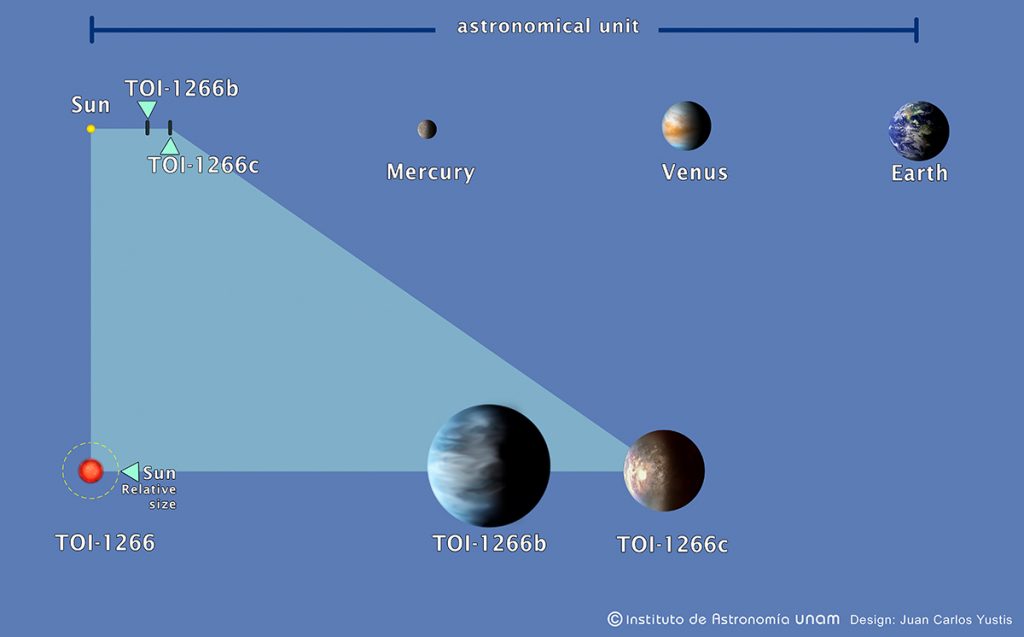Media
Transcript
Welcome to Monday. This is going to be a Monday of announcements, so please bear with me for a moment. The news is coming in just a moment.

First off, I’d like to share that we’re going to be standardizing our news segment to thirty minutes. This means more science most days, but (there is almost always a but) we’re also going to be going back to four days a week. We’re going to be coming to you live, Tuesday through Friday, bringing you all that is new in space and astronomy.
Next: Tomorrow we will be hosting a watch party for the OSIRIS-REx missions asteroid boop. Literally, they’re going to be booping the asteroid Bennu with their TAG [touch-and-go] instrument as they commit a grab and fly theft of minerals from the asteroid’s surface. Join us live at 5pm Eastern / 2pm Pacific on Twitch.tv/CosmoQuestX. We’ll have giveaways and rock counting reminiscing.
Finally, and most importantly of all, I’d like to remind everyone that this October 24th and 25th we’re going to be holding a 36-hour long Hangout-A-Thon to raise funds to cover our costs, including the production of this show, during the 2021 fiscal year. This is a not-for-profit science program, and your donations are tax-deductible where allowed by law. To learn more and donate today, please visit our website, cosmoquest.org.
And now to the news.
Today’s top story brings back our favorite red giant star, Betelgeuse. A new paper published in The Astrophysical Journal (ApJ) with lead author Meridith Joyce looks at Betelgeuse as a pulsating variable star and uses atmospheric physics to bring us new insights on what the red giant is up to.

This paper combines new observations with new computer models to derive the star’s mass and size from its outward behavior in much the same way that one might derive the size of a jug based on what notes can be created by blowing across its opening. Different sized objects naturally resonate in specific ways. By understanding how Betelgeuse pulsates in the fundamental mode and first overtone mode – those first two pitches you can make with your bottle – they were able to work backward to figure out Betelgeuse’s physical size. This method let them then figure out more accurately the star’s distance because we know how big it appears on the sky, and there is a simple mathematical relationship between how big something is and how big it appears.
Our current estimates had been based on Hipparcos measurements of how Betelgeuse appears to move relative to background objects when the Earth moves around the Sun. This technique, called parallax, can be super useful but trying to measure how much an object shifts, when that object is a blobby star like Betelgeuse, can be a challenge.
Betelgeuse appears to be about 42 microarcseconds (mas) across and seems to shift just 5.95+0.58 or -0.85 mas. This is a really hard measurement, and Betelgeuse hasn’t been looked at yet with Gaia.
By working from the theoretical size they got from its pulsation modes, and calculating a new distance, this team found that the lower edge of that error in the distance appears to be accurate, putting Betelgeuse just 530 lightyears away. This is 25% of the distance from the prior estimate, but as I said, it’s within error. This closer distance makes Betelgeuse a bit smaller; it appears to be 750 times the radius of the Sun. Nevertheless, it still probably started with 20+ solar masses of material, and it will still explode in about 100,000 years. At this point, they believe, it is still burning helium in its core and is nowhere near going boom.
It’s always cool when completely different techniques can narrow in on more precise values. This shows us once again that there is no one way to do science
Returning to another old friend, we have news from the Mars InSight mission that the mole instrument is finally all the way beneath the surface of Mars. This 16-inch (or 40-cm) long sensor was meant to pile drive itself three meters beneath the Martian surface and measure the heat profile of the soil as it went. I have to admit, more than any other Mars instrument in recent years, this was the instrument whose results I was most interested in seeing.

The Martian soil both retains heat and protects everything beneath it from the harsh radiation of space. There have been myriad models that indicate that, depending on the temperature profile of the soil, it may be possible to have salty liquid water very close to Mars’ surface. Without actual data, however, all we can do is model what might be happening based on best-guess estimates of soil composition, density, and thermal behavior. The Insight mole was going to be the first real measurement of Mars soil at depth that we’ve ever had.
The only problem has been that Mars’ soil is so different from what was expected that the little probe has been unable to bury itself deep under the surface. Or even into the surface.
This cylinder is designed with a pile driver inside that is slowly raised within the tube and then sent slamming downward. It should cause the mole to bury downward, like a shovel thrust into the ground, and ideally, friction should keep it at that new depth. This slow upward movement of the internal mechanism and rapid downward motion was extensively tested on Earth and proved itself excellent and digging through artificial Martian soil that was designed based on the characteristics of soils explored by other Mars missions.
The soil at the Mars Insight position, however, is more like clay, and the pile driver is bouncing upward instead of burying itself deeper. To get the mole completely underground, the mission team resorted to using the spacecraft’s shovel to push down on the mole while it tried to drive itself downward, and once it was close to the surface, they piled dirt on it and pushed with the shovel some more. There is still a glimmer of perhaps dying hope that the mole will break through the clays and enter soil that it can dig through as designed so it can complete its mission.
At this point, almost two years after arriving on Mars, I have to say I am in awe of the continued patience of this mission team. It is expected to take several months to pile enough dirt on top of the mole that the shovel will be able to effectively push down on it while it tries to dig. And they are just going to rearrange sand for those couple of months and do their best to get it down.
This is a slow and steady attempt to get the science done, and I wish this team all the luck in the world in getting their sensor buried.
We now have a couple of news notes. The new SAINT-EX Observatory in Mexico has detected two exoplanets orbiting the red dwarf TOI-1266. This demonstrates that this new telescope can do the job it was designed to do.

SAINT-EX is an acronym for Search And characterIsatioN of Transiting EXoplanets and makes the not intuitive decision to use the I and N in characterization to make the backronym pronounceable. These test observations were taken just before Mexico’s Covid19-related lockdown began, and the observatory has been closed since then. When the lockdown lifts, this telescope is poised to make planet finding a little bit easier.
While we don’t normally cover individual new planet discoveries because they are so common, we will make an exception for the scope’s first worlds.
These two worlds orbit their red dwarf home star every eleven and nineteen days. The inner planet is just under 2.5 Earth radii and is classified as a sub-Neptune planet, and the outer planet is 1.5 times the size of Earth and counts as a super-Earth.
These worlds and the new scope are described in a new paper in Astronomy & Astrophysics with first author Brice-Olivier Demory, who says: Planets between about the radius of TOI-1266 b and c are quite rare, likely because of the effect of strong irradiation from the star, which can erode their atmospheres.
SAINT-EX project coordinator and researcher, Yilen Gomez Maqueo Chew adds: Being able to study two different types of planets in the same system is a great opportunity to better understand how these different sized planets come to be.
While SAINT-EX has been chasing new planets, the newly upgraded Giant Metrewave Radio Telescope (GMRT) has been chasing gas. Specifically, it has been measuring the hydrogen gas content of galaxies so far away that we are seeing them as they appeared eight billion years ago.

According to Aditya Chowdhury, lead author of this study, which appears in the journal Nature: We have, for the first time, measured the atomic hydrogen gas content of star-forming galaxies about eight billion years ago, using the upgraded GMRT. Given the intense star formation in these early galaxies, their atomic gas would be consumed by star formation in just one or two billion years. And, if the galaxies could not acquire more gas, their star formation activity would decline, and finally, cease. The observed decline in star formation activity can thus be explained by the exhaustion of the atomic hydrogen.
This newly published work took advantage of upgrades that took place in 2017. Even with these upgrades, however, their measurements were extremely difficult to make, and instead of looking at just one galaxy to measure its specific hydrogen content, they looked at 8000 different galaxies and combined their data to get an average measurement.
Prior to making the telescope more sensitive, they were unable to measure the weak hydrogen 21-cm signal in distant galaxies even with this stacking technique. Study co-author Jayaram Chengalur states: The new wideband receivers and electronics allowed us to use 10 times more galaxies in the stacking analysis, giving sufficient sensitivity to detect the weak average 21 cm signal.
We can’t wait for the COVID-19 pandemic to be over for many different reasons, and wanting to see what these two new systems can do with their killer instrumentation are two of those reasons.
When they start producing more science, we’ll bring it to you here.
Learn More
Supergiant Star Betelgeuse Smaller, Closer Than First Thought
- Australian National University press release
- “Standing on the Shoulders of Giants: New Mass and Distance Estimates for Betelgeuse Through Combined Evolutionary, Asteroseismic, and Hydrodynamic Simulations with MESA,” Meridith Joyce et al., 2020 Oct. 13, Astrophysical Journal (preprint on arxiv.org)
Mars InSight’s “Mole” Is Out of Sight
Two Planets Around a Red Dwarf
- University of Bern press release
- “A Super-Earth and a Sub-Neptune Orbiting the Bright, Quiet M3 Dwarf TOI-1266,” Brice-Olivier Demory et al., 2020 Oct. 2, Astronomy & Astrophysics (preprint on arxiv.org)
Upgraded GMRT Measures Mass of Hydrogen in Distant Galaxies
- National Centre for Radio Astrophysics press release
- Nature article
- “H I 21-centimetre emission from an ensemble of galaxies at an average redshift of one,” Aditya Chowdhury et al., 2020 Oct. 15, Nature
Credits
Written by Pamela Gay
Hosted by Pamela Gay
Audio and Video Editing by Ally Pelphrey
Content Editing by Beth Johnson
Intro and Outro music by Kevin MacLeod, https://incompetech.com/music/


 We record most shows live, on Twitch. Follow us today to get alerts when we go live.
We record most shows live, on Twitch. Follow us today to get alerts when we go live.